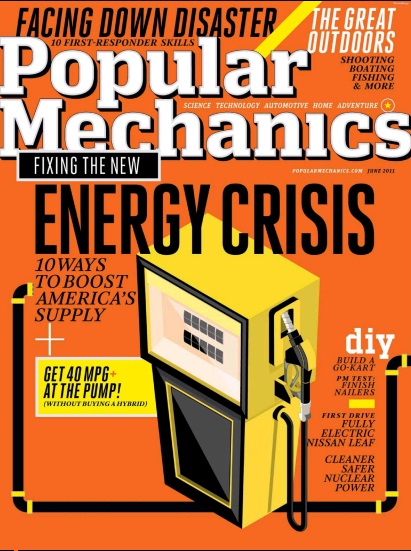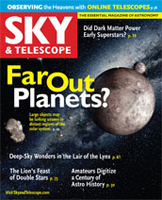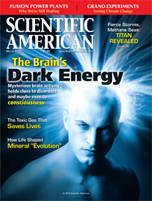“Gold and DNA Could Create New Dark Matter Detector”
by: Wired UK A combined team of physicists and biologists aim to build a directional dark matter detector using strands of DNA and gold.
“Dark Matter May Collide With Atoms Inside You More Often Than Thought,”
by: Charles Q. Choi “Before we did these calculations, I had been under the impression that on the average, one WIMP would hit one of the nuclei in a human body in about 100 years. In fact I used to joke about the ‘WIMP death theory,’” said researcher Katherine Freese, a theoretical physicist at the […]
“Dark Matter Hits the Average Human Once a Minute?”
by: Jason Major But WIMPs of certain masses can collide with atomic nuclei on occasion—and now it appears such collisions might happen more often than previously thought. “Before we did this work, I thought a WIMP collided with one of your nuclei once in your lifetime,” said Katherine Freese, a professor with the Michigan Center […]
“Four Ways Scientists Are Trying to Figure Out Dark Matter and Dark Energy”
by: Skylar Bergl Ninety-six percent of the universe is unknown to humans—scientists can see the effects of dark matter and dark energy, but not directly detect either one. Last night at the World Science Festival in New York, some of the most interesting minds studying these puzzling phenomena gathered to discuss how they’re trying to […]
“A New Piece to the Dark Matter Puzzle,”
by: Katherine Freese For twenty five years I’ve been working on the “dark matter problem”—the question of what makes up roughly 90% of the mass of our Milky Way galaxy as well as every other galaxy. This past week saw intriguing new experimental results that may be telling us something profound about this question.
“Heart of Darkness Could Explain Sun Mysteries,”
by: Eugenie Samuel Reich Is dark matter lurking at the centre of our bright sun? Yes, say two research groups who believe the elusive stuff is cooling the solar core.
“Shedding LIGHT on DARK STARS,”
page 26, by: Ker Than Bizarre stars powered by dark matter may have been the first to form after the Big Bang. (Click here to download the publication as an Adobe PDF file)
“Dark Side of Black Holes: Dark Matter Could Explain the Early Universe’s Giant Black Holes,”
by: Charles Q. Choi Massive black holes should not have existed in a universe less than one billion years old, yet they did. (Click here to download the publication as an Adobe PDF file)
“Did ‘Dark Stars’ Spawn Supermassive Black Holes?”
by: Ian O’Neill Although it’s believed the first stars (known as “Population III stars”) were sparked when hydrogen and helium gases cooled enough to clump together, collapsing under gravity and initiating nuclear fusion in the star cores (thus generating heavier elements), there’s another possibility.









